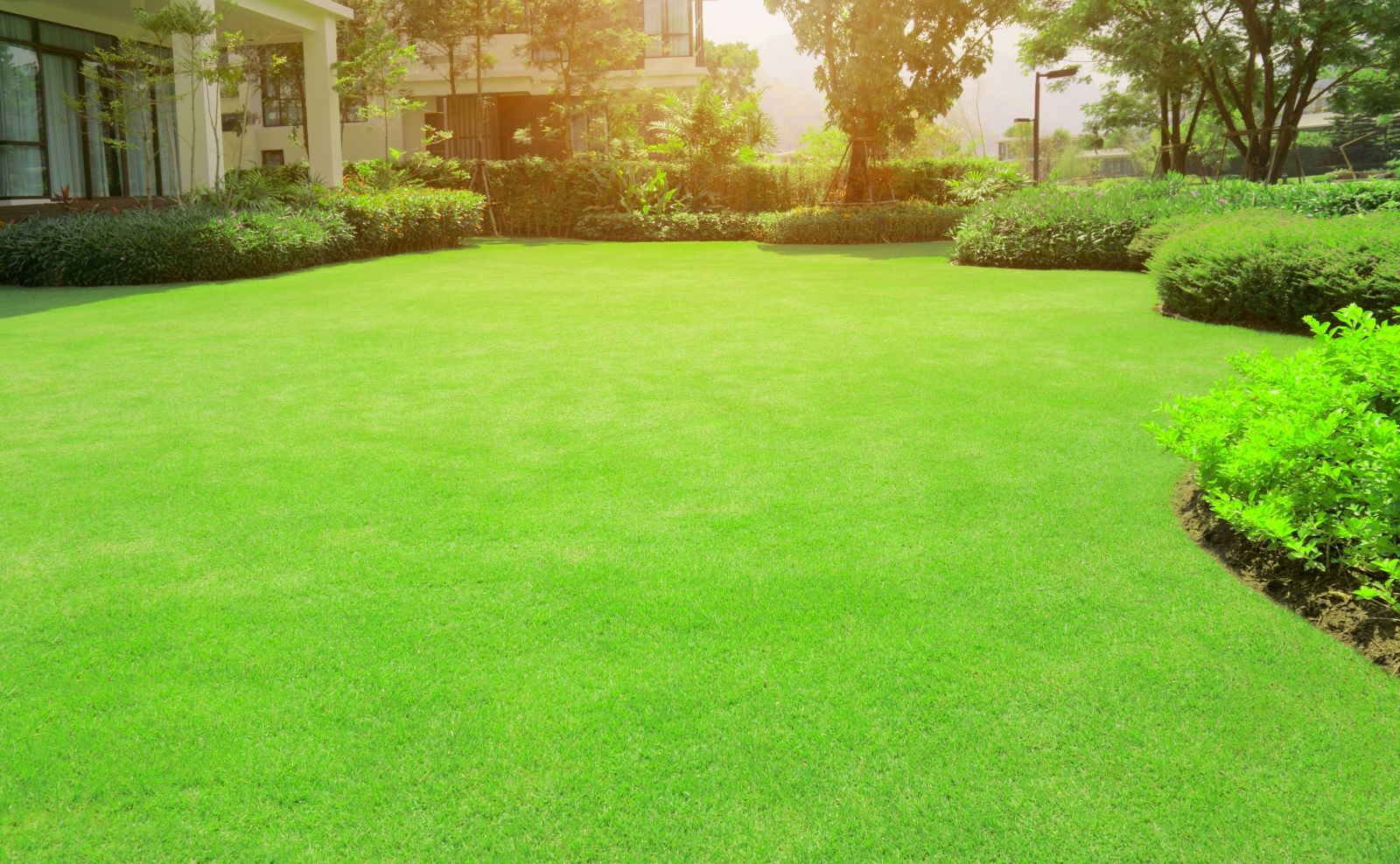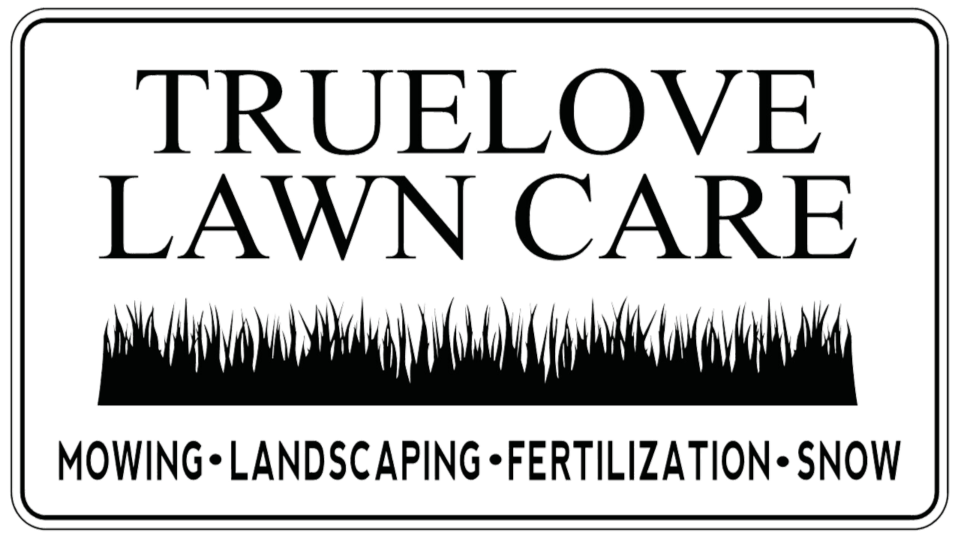The Art of Lawn Care: Essential Tips for Maintaining a Healthy, Lush Lawn
- Home
- The Art of Lawn Care: Essential Tips for Maintaining a Healthy, Lush Lawn

- By Truelove Lawn Care
- January 9th, 2025
Maintaining a lush, vibrant lawn is not just about enhancing the curb appeal of your home; it's about creating a welcoming environment and increasing the value of your property. Lawn care might seem straightforward, but it requires attention to detail and a bit of know-how. In this blog, we’ll explore essential tips for effective lawn maintenance, ensuring that your grass stays green, healthy, and envy-worthy all year round.
Understand Your Soil
The foundation of great lawn care starts beneath the surface with your soil. Understanding the type of soil in your yard (clay, sand, silt, or loam) can help you determine the right strategies for watering, mowing, and fertilizing. Conduct a soil test to learn about its pH and nutrient levels. Adjustments may be needed, such as liming for overly acidic soil or applying specific nutrients that are in short supply.
Mowing Matters
Mowing isn’t just about keeping your lawn short and tidy; it’s crucial for the health of your grass. Here are a few key practices:
- Mow at the Right Height: Different grass types have optimal heights for health and growth. For example, Kentucky bluegrass thrives when kept at about 2.5 to 3.5 inches.
- Keep Blades Sharp: Dull mower blades tear the grass, causing damage and leaving it susceptible to diseases. Sharpen your mower blades a few times during the growing season.
- Change Mowing Patterns: Avoid mowing in the same direction every time to prevent ruts and help the grass grow more upright.
Water Wisely
Proper watering is crucial for a healthy lawn, but over-watering is a common mistake. Here’s how to water effectively:
- Deep and Infrequent: Water deeply but infrequently to encourage deep root growth. Aim for about one inch of water per week, including rainfall.
- Best Time to Water: Water early in the morning to reduce evaporation and fungal growth.
- Use a Rain Gauge: A rain gauge can help you keep track of how much water your lawn is receiving and adjust your watering schedule accordingly.
Fertilization for Growth
Fertilizing your lawn provides essential nutrients for growth, color, and strength. However, timing and frequency are key:
- Right Formula: Choose a fertilizer that suits your soil’s nutrient needs. Look for a mix of nitrogen, phosphorus, and potassium.
- Seasonal Application: Typically, you should fertilize in the spring and fall. However, specific timing and frequency should be tailored to your grass type and climate.
- Follow Instructions: Over-fertilizing can harm your lawn and the environment. Always follow the manufacturer’s instructions.
Weed and Pest Control
Weeds and pests can undermine even the most well-maintained lawns:
- Preventive Measures: Use pre-emergent herbicides to prevent weeds before they grow and consider corn gluten meal as a natural alternative.
- Spot Treatment: Treat weeds and pest problems as they appear rather than applying chemicals to the entire lawn.
- Natural Alternatives: Consider environmentally friendly options for pest and weed control to keep your lawn safe for children and pets.
Aeration and Overseeding
Aeration allows air, water, and nutrients to penetrate built-up grass or lawn thatch, improving the health of your lawn. Overseeding can help fill in bare spots and increase the density of your lawn, enhancing its overall health and appearance:
- Aerate in Season: The best time to aerate is during the growth period of your lawn’s specific grass type, usually in early spring or fall.
- Choose the Right Seed: When overseeding, select a seed that matches your current lawn and environment conditions for the best results.
Conclusion
Effective lawn care is a blend of science and art, requiring ongoing attention and adjustment based on the conditions of your yard and local climate. By mastering these essentials, you can maintain a healthy, beautiful lawn that not only looks great but also creates a natural, inviting space for family and friends to enjoy. Remember, a little effort goes a long way in the world of lawn care!
Categories

Contact Us
- Whiteland, IN
- 317 893 3035
- sales@truelovelawncare.com